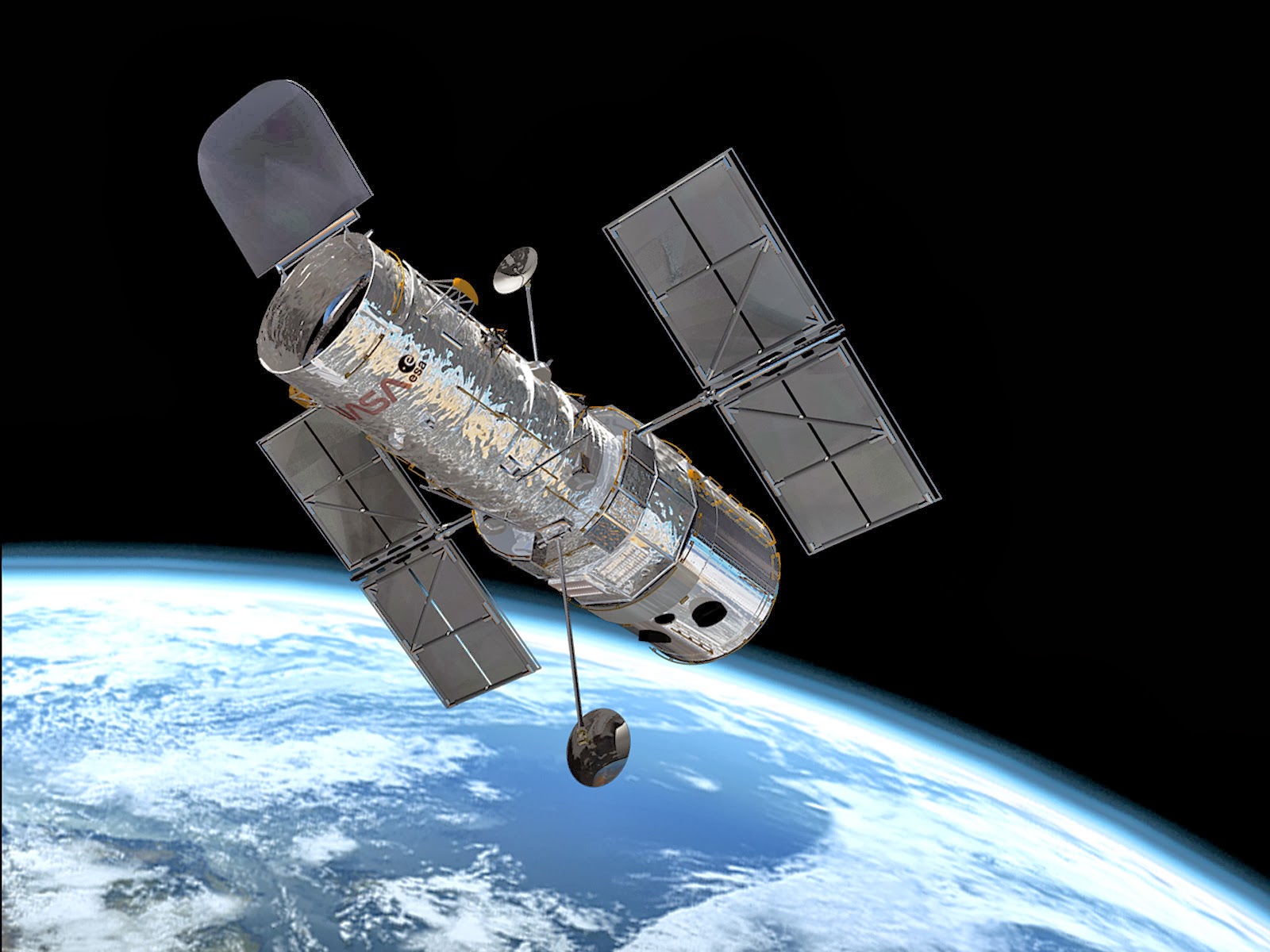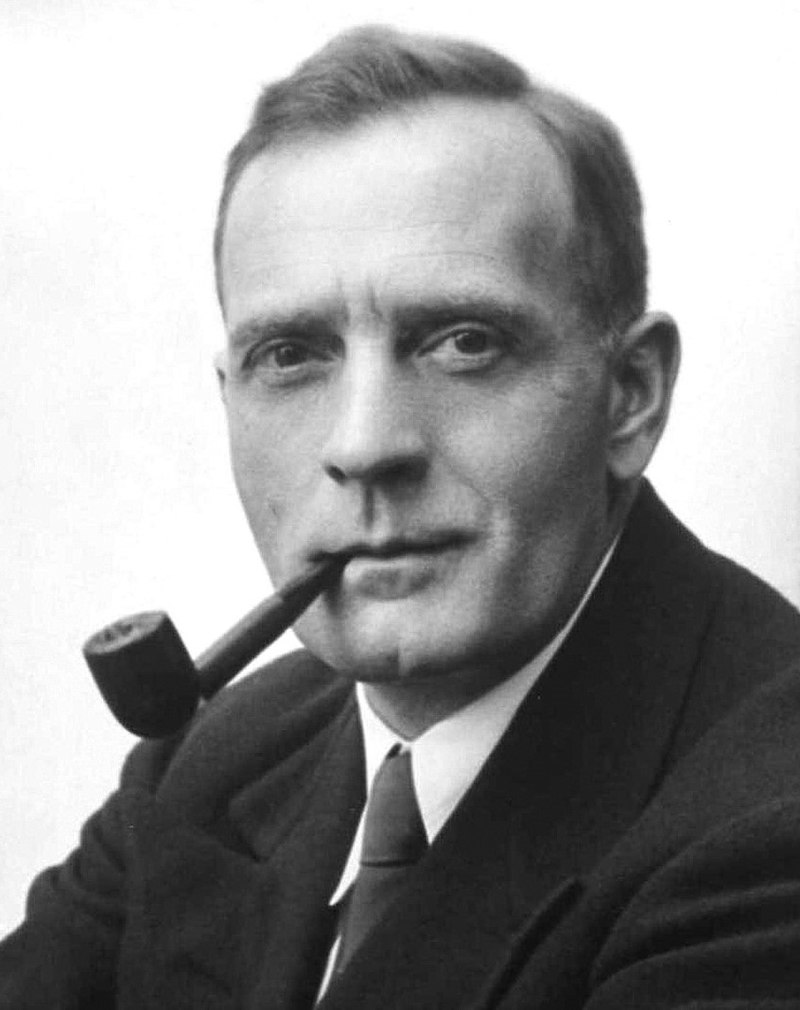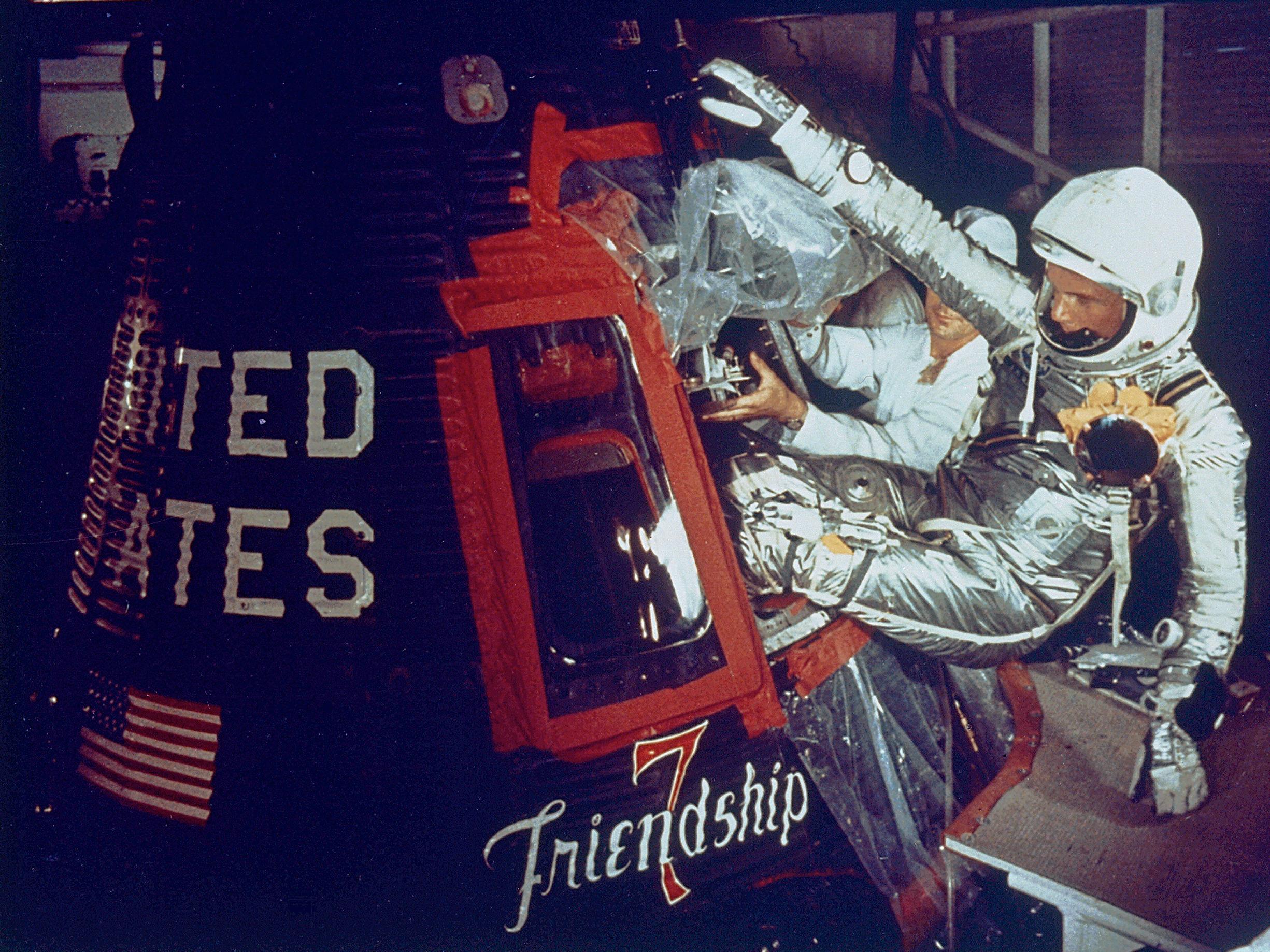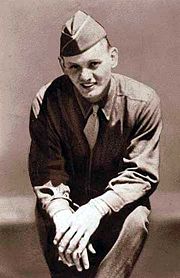
The Hubble Space Telescope was launched into low Earth orbit in
1990 and remains in operation. It was not the first space telescope,
but it is one of the largest and most versatile, renowned both as a
vital research tool and as a public relations boon for astronomy.
The Hubble telescope is named after astronomer Edwin Hubble
(below) and is one of NASA’s Great Observatories.

Edwin Powell Hubble
(November 20, 1889 – September 28, 1953)














